The Sunshine State's long and storied reputation as a tourism mecca
- Oops!Something went wrong.Please try again later.
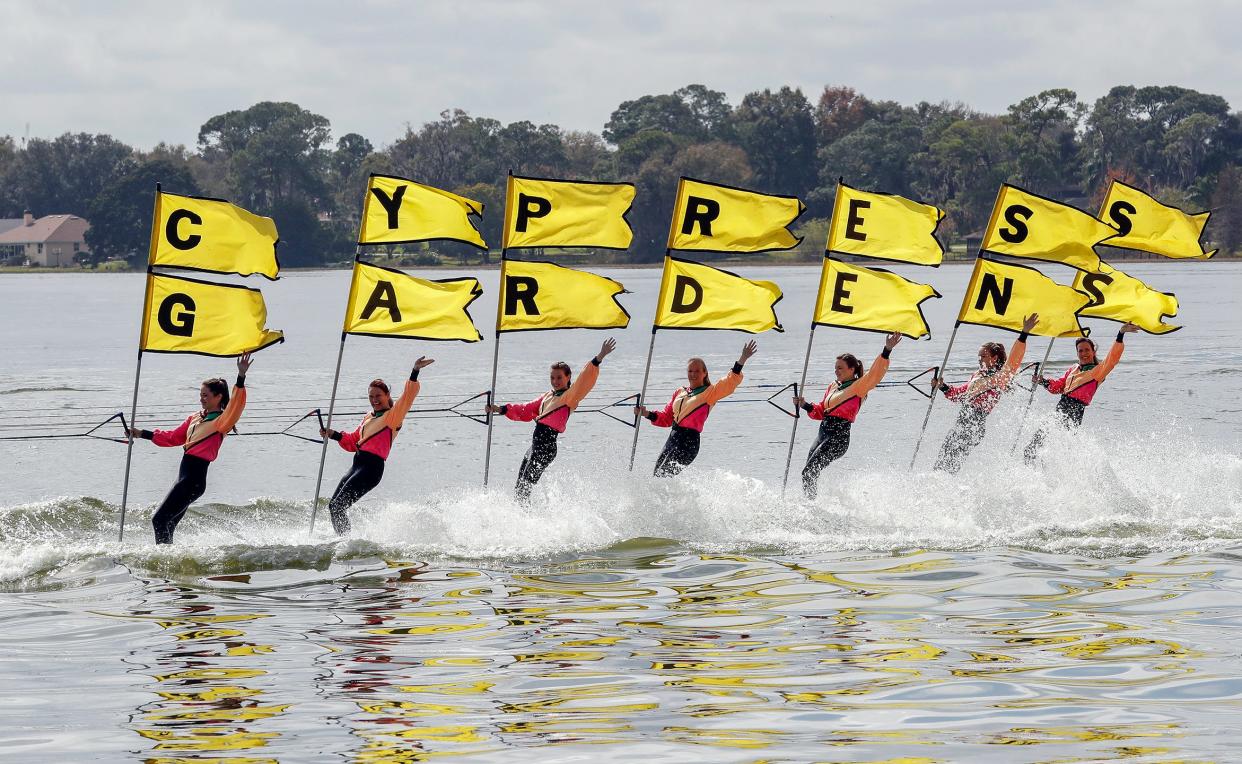
Florida has long been considered a vacation destination.
Ponce de Leon, in his pursuit of the Fountain of Youth starting in 1513, could be considered the first major tourist in Florida (though, on second thought, that might be better classified as a working vacation).
But tourism to the Sunshine State didn’t really pick up speed until, well, after it became a state in 1854. And even then, it wasn't until immediately after the Civil War that it truly became a recreation destination, according to Steven Noll, a University of Florida history professor.
“Florida’s tourist attractions were its rivers,” Noll said of that post-war period.
People were drawn by cheap land and the opportunity to see the state’s natural wonders, often from the deck of a steamship.
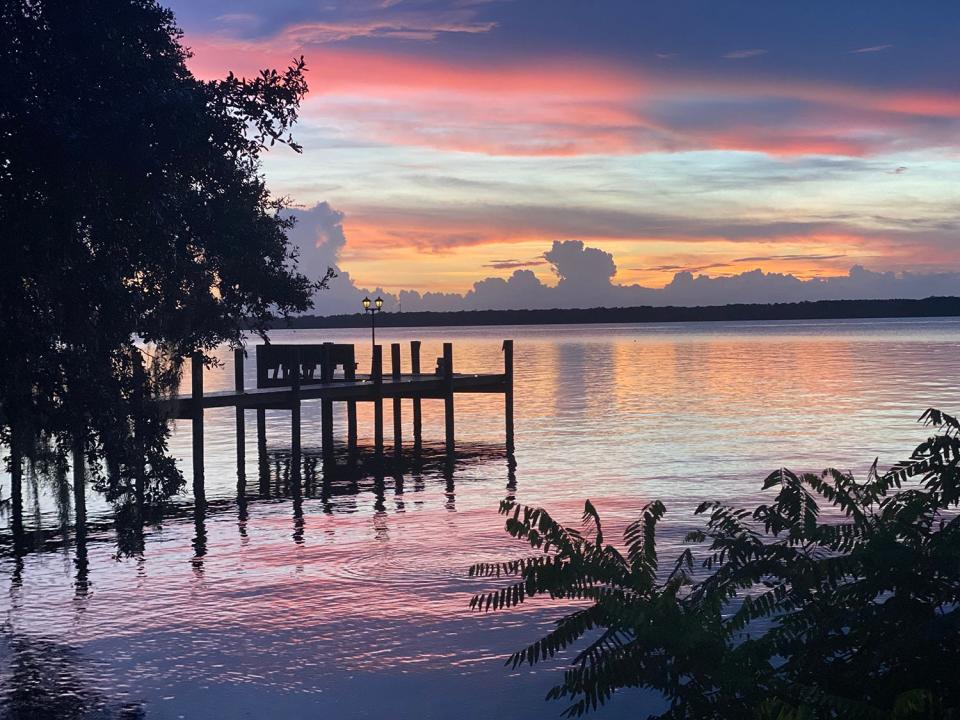
Summer travel: Canceled flights, expensive tickets await travelers this summer. Will they stay home instead?
Named most beautiful: Travel site names West Palm Beach's Mandel Public Library among most beautiful libraries in U.S.
Situated in northeast Florida on the banks of the St. Johns River, Palatka was among the state's first major tourism hubs, since that’s about as far south as the big steamships could reach.
Going beyond that point, and into the undeveloped wilderness, required travelers to abandon the luxury of a steamer and board a smaller craft.
With each advance in transportation, more tourists were pulled deeper into the state. The railroad, first arriving in the Florida in the 1860s, created paths from Jacksonville and the Panhandle to the Gulf Coast, according to the Florida's Rail Road Museum.
"Henry Plant took over the Jacksonville, Tampa and Key West Railroad and expanded into Tampa to connect with his steamship lines running to Cuba and other destinations. He also built hotels and key locations along this line in the 1890s," the museum reports.
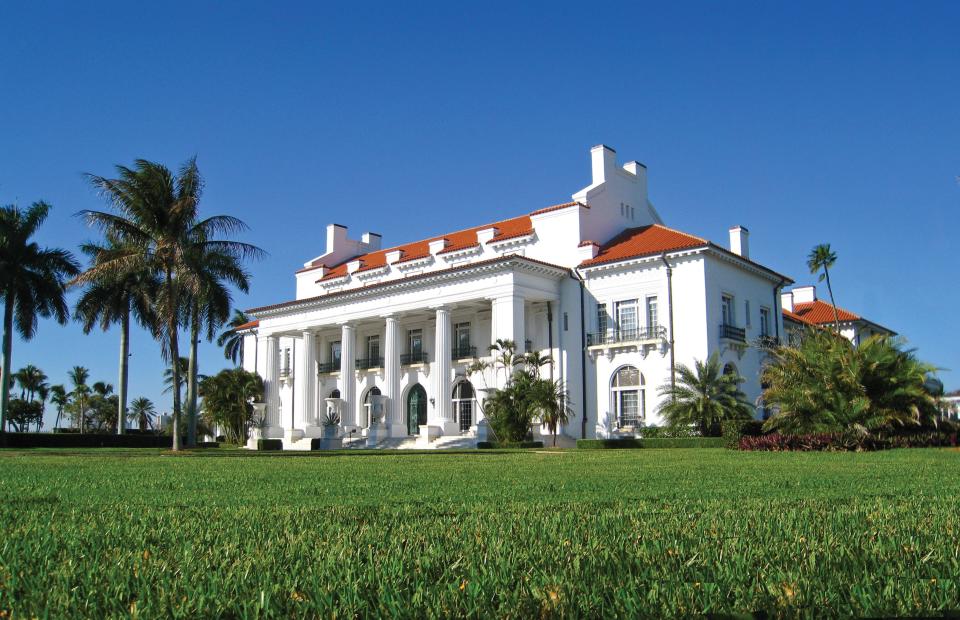
And, of course, Henry Morrison Flagler brought visitors directly to South Florida via the Florida East Coast Railway, which reached Key West by 1912. Flagler was so enamored of the area that in 1902 he built a Gilded Age mansion in Palm Beach, dubbed Whitehall, and had a large hand in the island's early growth and reputation as a tourist mecca.
Tourism revved up by the automobile
But the railroad was just the beginning, Noll said. “When the car comes, it opens up Florida to a whole new cohort of people.”
Those cars arrived courtesy the new Dixie Highway, a patchwork of two-lane roads running from Michigan to Miami, championed by a race car enthusiast and pioneer in both automobiles and highway construction, Carl Fisher.
Fisher was also a developer intent on transforming Miami Beach into a resort destination and saw Dixie Highway as the perfect pipeline from the Midwest to Florida.
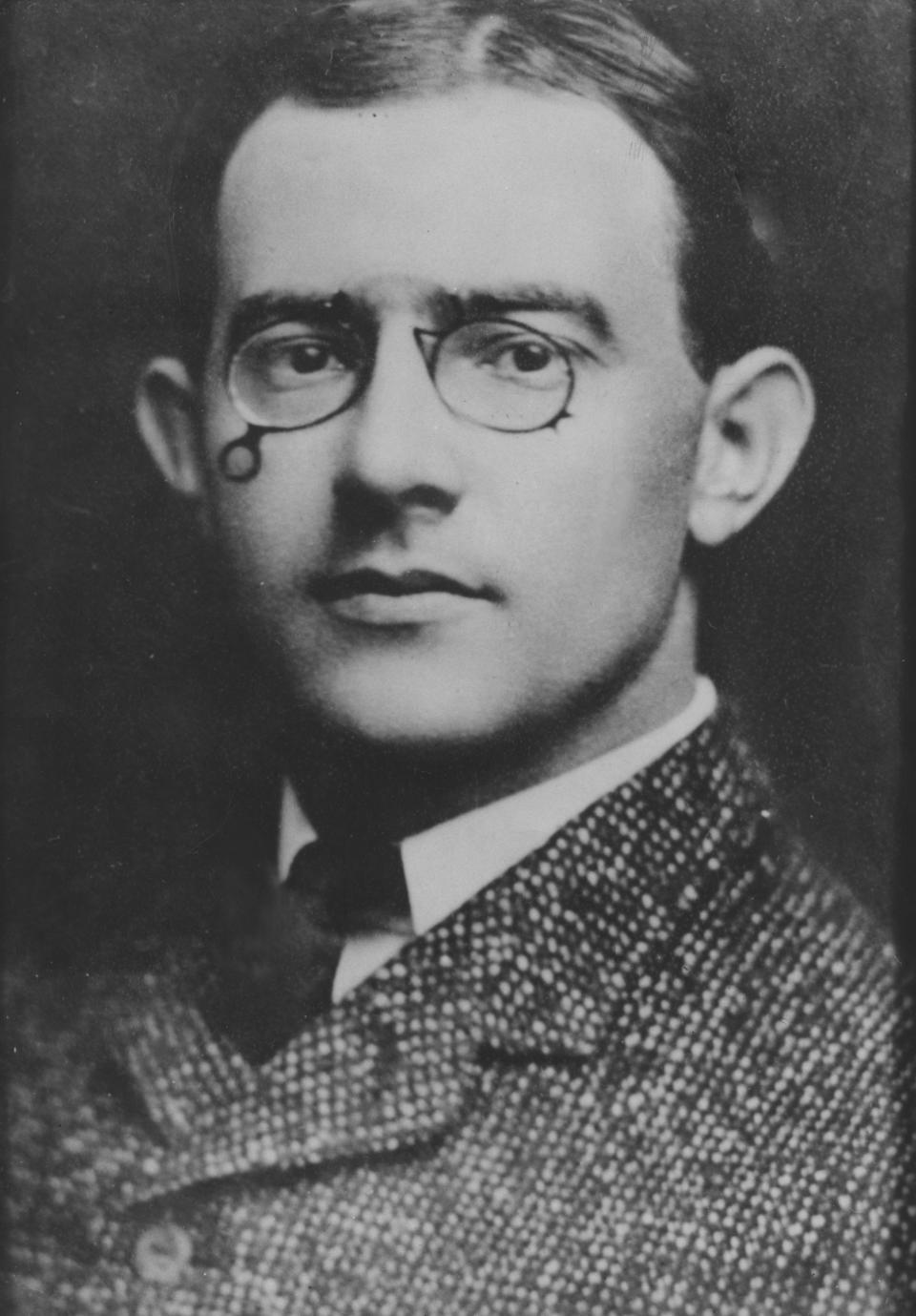
"When it officially opened in the fall of 1915, the road wandered south via two meandering, gerrymandered routes. The eastern route started in Detroit then entered Florida at Jacksonville before following the Atlantic coast. The western route left Chicago, connecting Tallahassee with Orlando then continued down the peninsula’s west coast," The Palm Beach Post reported on the highway's 100th birthday.
"In towns such as West Palm Beach, Dixie was the main drag where courthouses and businesses were built. Dixie spawned theme motels, juice stands and wacky roadside attractions."
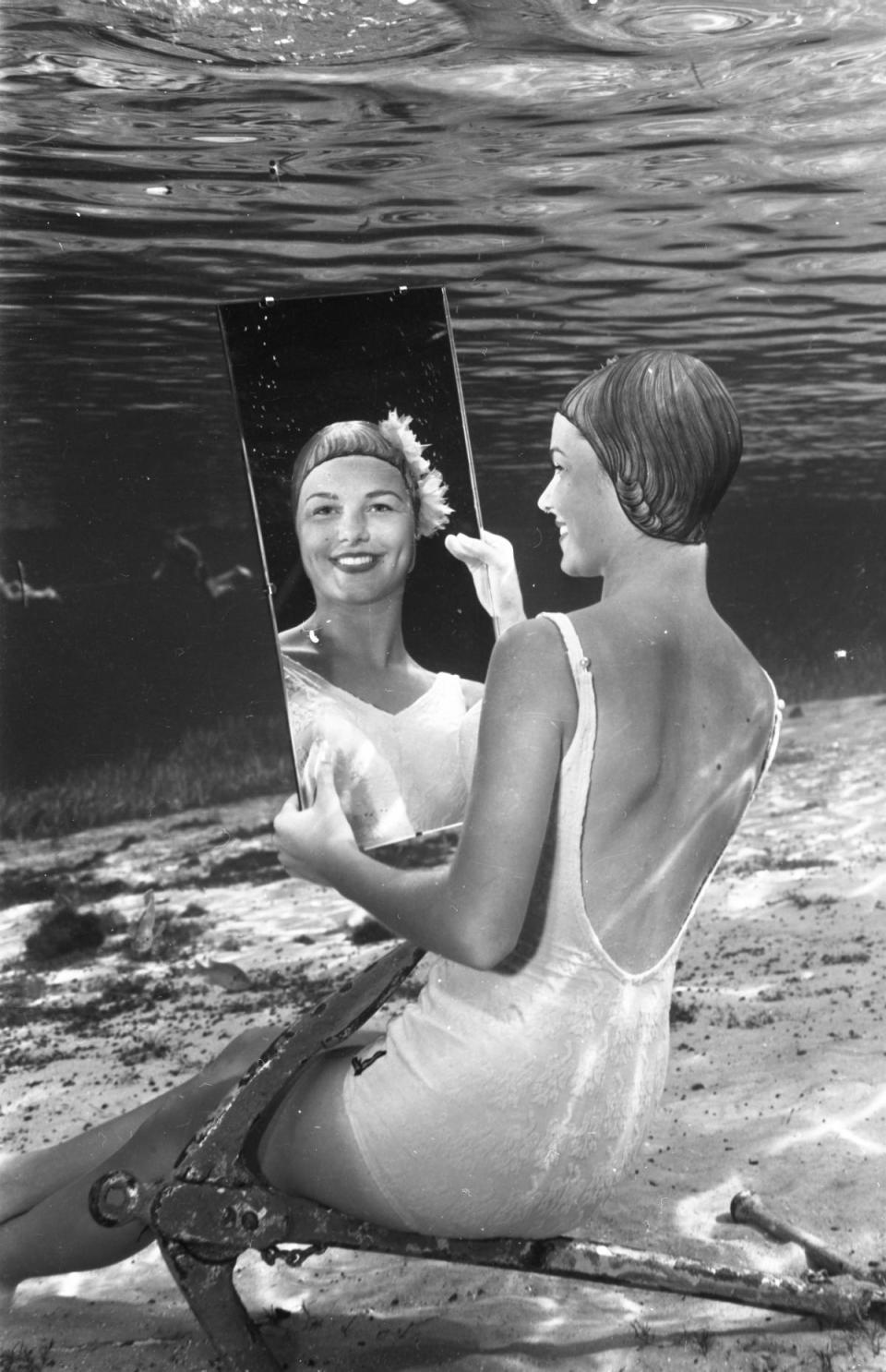
Mom-and-pop kitsch ruled the road
Visitors came for big attractions such as Silver Springs, where glass-bottomed boats were the big draw, and Cypress Gardens, with its water-ski shows and Southern belles. But to get there, they first had to drive by hundreds of mom-and-pop hotels and tourist attractions that lined the state’s major north-south roads.
“Anything could be turned into a roadside attraction, like a barn or a shack,” said James “Zach” Zacharias, senior curator of education and history at the Museum of Arts & Sciences in Daytona Beach. “It was usually based on natural attractions, like alligators and snakes.”
Even the Seminole tribe became tourist trappers, setting up alligator-wrestling shows that must have been something for a family visiting from Philadelphia or Cleveland.
Proprietors of the roadside attractions weren’t necessarily interested in authenticity, Zacharias said.
“They get a spark for an idea and they create a roadside attraction,” Zacharias said. “They were really wacky, they were whimsical.”
On A1A south of St. Augustine. someone set up about a hundred old stills in the woods and charged people to walk through, Zacharias said
Bongoland was built on a former plantation in Port Orange, combining a Seminole village with life-sized concrete dinosaurs and a baboon named Bongo.
Port Orange was also home to the Atomic Tunnel, a rambling stucco building originally built to grow orchids. In the ‘50s, it became the Atomic Tunnel, marketed as a fallout shelter. That wasn’t terribly practical — it was above ground and had 724 porthole-shaped windows — but it was popular with Cold War-era tourists, Zacharias said.
Not all tourists were welcome, of course. Paradise Park opened in the late 1940s for those who wanted to visit nearby Silver Springs but couldn’t because they were Black.
“The Green Book certainly mentions that,” said Noll, referring to the famed guidebook published for Black travelers.
Progress led to sites' obsolescence
The march of development that birthed these roadside attractions also eventually left them in the dust. The arrival of the interstates drew the bulk of the traffic from the state’s main north-south roads.
“A lot of the smaller places don’t survive that,” Noll said.
And then came the mouse.
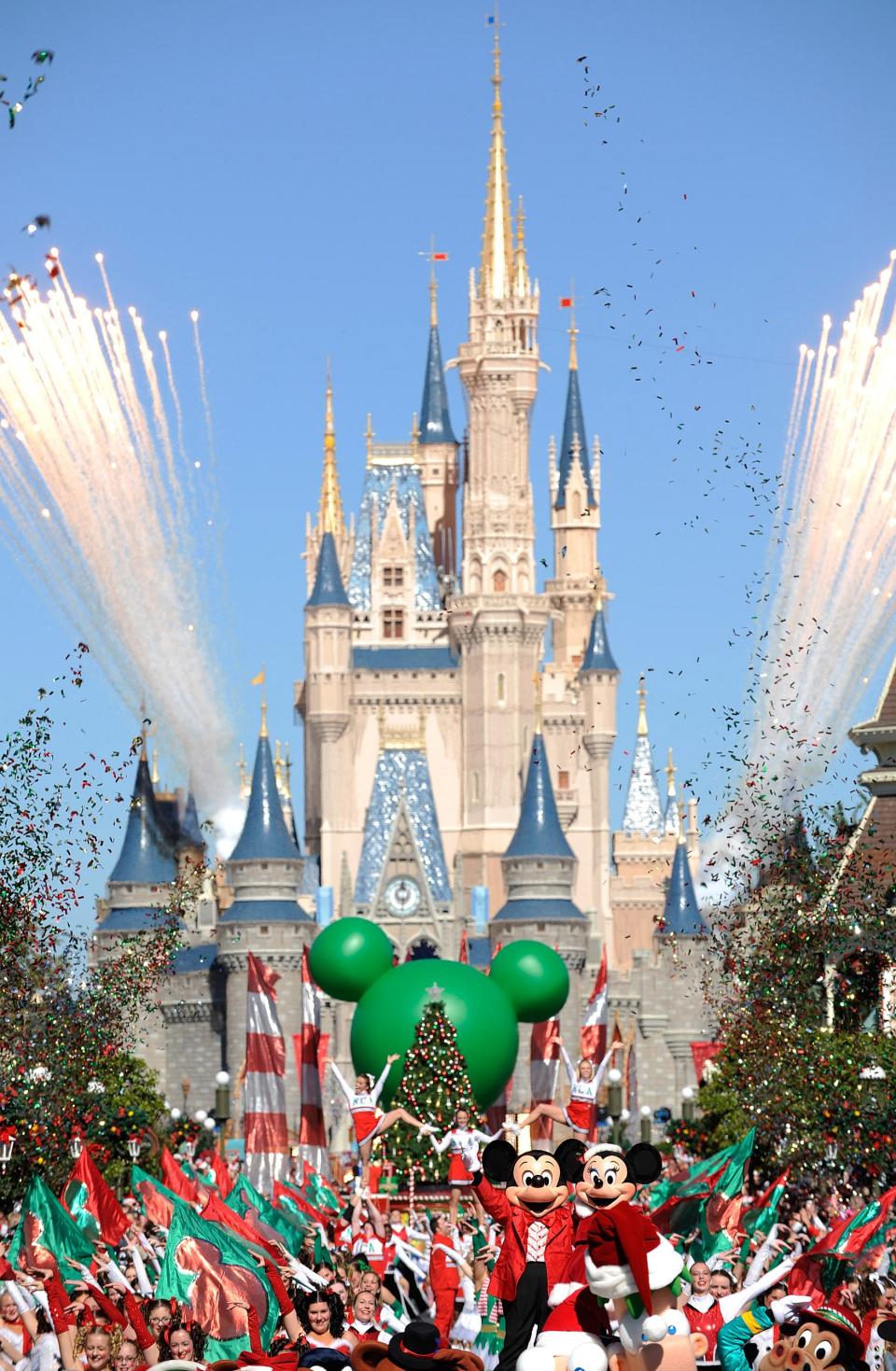
The opening of Walt Disney World in 1971 certainly increased the number of people coming to Florida for vacation, Noll said; but most of them didn't take time to visit other parts of the state.
“Many of these places thought they could catch on, that people would go three days to Disney and the next day to Cypress Gardens,” Noll said. “That doesn’t happen. Disney is pretty much a self-contained place.”
Many of the old attractions simply closed when the stream of tourists dried up. Others took on new form. The St. Augustine Alligator Farm became a zoo specializing in toothy reptiles. Many of the old springs, including Weeki Wachee and Silver Springs, are now state parks. Everglades Wonders Gardens in Bonita Springs is now a bird refuge.
Cypress Gardens became a theme park and now operates as Legoland, which still has its iconic Florida-shaped swimming pool, even if it’s now surrounded by Lego characters instead of Southern belles. The seaside theater built for "Cross and Sword" historic re-enactment is now the St. Augustine Amphitheatre, a concert venue.
Tom Szaroleta of the Florida Times-Union contributed to this report.
This article originally appeared on Palm Beach Post: Florida's tourism industry delivered memorable roadside hot spots

